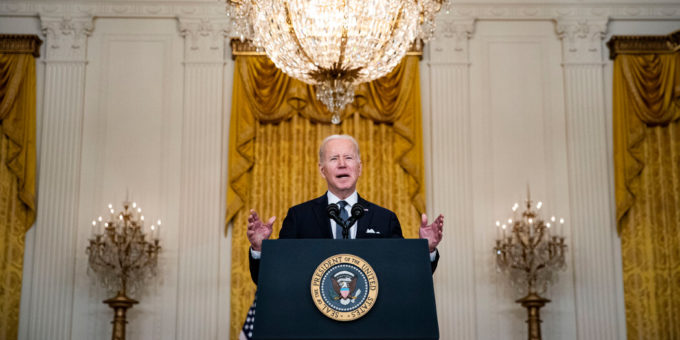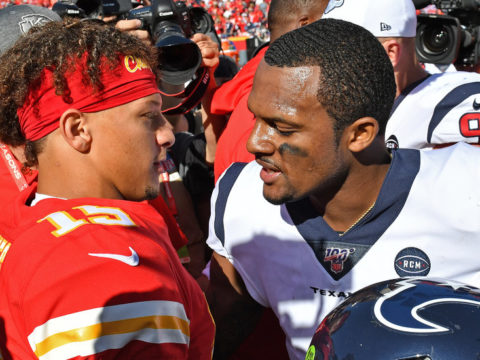
MOSCOW — President Vladimir V. Putin said Tuesday that Russia had decided “to partially pull back troops,” and the Russian Defense Ministry announced that some forces from military districts bordering Ukraine were being sent back to their garrisons, a sign that Moscow might be stepping away from the threat of an invasion.
The announcement was the strongest signal yet that Russia might be trying to de-escalate the military standoff near the Ukrainian border, but it was far from clear that the threat of war has passed. Military analysts warned that it was too early to make firm conclusions about any troop drawdown without more information.
Only a day earlier, American officials, closing the U.S. Embassy in Kyiv, warned that an invasion appeared imminent. President Biden, addressing the situation in Ukraine on Tuesday afternoon from the East Room of the White House, said “an invasion remains distinctly possible.”
Earlier in the day, speaking at the Kremlin alongside Chancellor Olaf Scholz of Germany, Mr. Putin said Russia would keep pushing for its central demands of a rollback of the NATO presence in Eastern Europe and a guarantee that Ukraine never join the alliance.
“We are also ready to continue on the negotiating track, but all these questions, as has been said before, must be viewed comprehensively,” Mr. Putin said.
Later, in a briefing with German reporters, Mr. Scholz voiced frustration that the standoff continues, given that Ukraine’s prospective NATO membership — something the Kremlin calls a red line — is “not on the agenda.” NATO countries have made clear it would be years before Ukraine was considered, and Ukraine’s leader this week hinted the country’s membership aspiration could be up for negotiation.
“Everyone must step back a bit here and make it clear to themselves that we just can’t have a possible military conflict over a question that is not on the agenda,” Mr. Scholz said.
Since “all involved” know that to be true, he added, “it is a question of leadership ability for all involved — in Russia, in Ukraine, in NATO — to make sure that we don’t have an absurd situation.”

Despite Mr. Putin’s announcement of a pullback in troops, a Russian Defense Ministry spokesman, Igor Konashenkov, said that some military exercises that have raised fears of an attack against Ukraine — including in Belarus and in the Black Sea — would continue.
U.S. officials said they were still assessing Russia’s troop announcement, and the NATO secretary general, Jens Stoltenberg, said that members of the alliance “have not seen any sign of de-escalation.” Russia has moved forces around before while leaving heavy weapons in place, Mr. Stoltenberg noted.
Still, Mr. Putin’s comments added to signs that Moscow is willing to pursue its objectives through negotiation, rather than launch immediate military action. When asked about how Russia would act next, Mr. Putin responded with a slight smile: “According to the plan.”
But the outcome, he said, “does not only depend on us.”
“We intend to and will strive to reach agreement with our partners on the questions that we posed, in order to solve them by taking a diplomatic path,” Mr. Putin said.
Moscow added some leverage to any talks when lawmakers in the Kremlin-backed lower house of Parliament asked Mr. Putin on Tuesday to recognize breakaway states in eastern Ukraine as independent. That raised fears that Russia could use such recognition to move more of its military into the areas.
Mr. Putin indicated at the news conference that he would not immediately recognize their independence.
The troops described as being pulled back are from the military districts closest to Ukraine, meaning they would remain relatively close to the country even if they are pulled back to their bases. The statement indicated that troops that have arrived in the region from farther away — Siberia and Russia’s Far East — would remain deployed near Ukraine for now.
Ukraine’s foreign minister, Dmytro Kuleba, said that there was reason to be skeptical of Moscow’s statements. “When we see the withdrawal, we will believe in de-escalation,” he told reporters during a video briefing from Kyiv.














